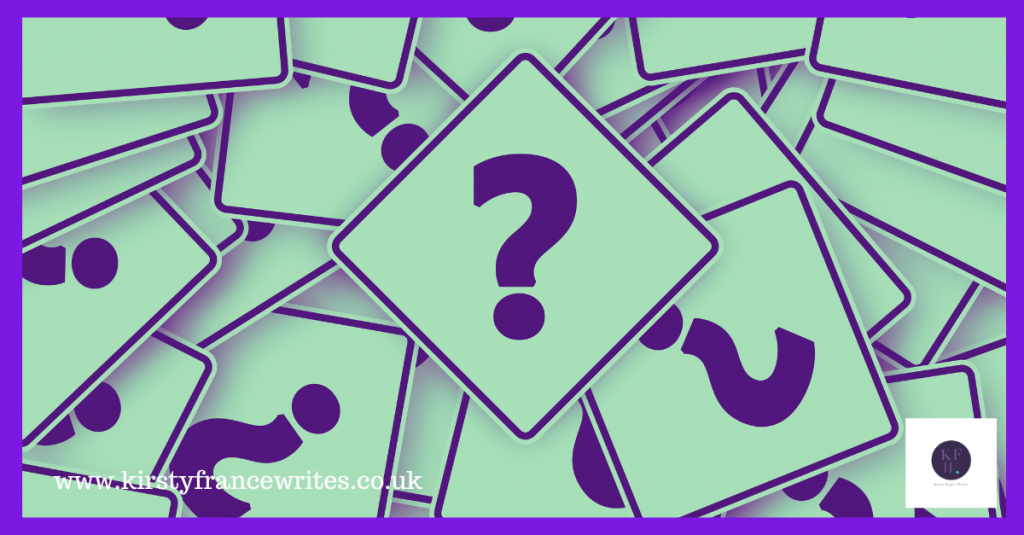
Once upon a time, our ancestors gathered around fires to tell stories that kept them alive. It bonded the tribe so they’d all look after each other and know to watch out for that scary-looking tiger that came ‘this close’ to eating the storyteller. (I imagine it as the prehistoric version of ‘the one that got away’ after a fishing trip.) Sharing stories still helps us connect with other people, and that’s what marketing is all about. So, here are my tips on how to tell a good marketing story.
Choose a structure
Good stories have a structure that helps you understand what to expect. Starting a story with ‘once upon a time’ can be comforting if it’s a bedtime story or unexpected if it’s a LinkedIn post. Your story structure depends on whether you share a case study explaining how you solved a problem and the process or a post about a personal decision.
Jumping in at the most dramatic part of the story hooks your reader, and you can fill in the details later. Writing bullet points can help if you’re unsure where to start.
What does your story say about you?
A good marketing story shares your expertise but can also let your customers get to know you. When you write, ask yourself what the story says about you. You don’t have to be perfect; it’s better if you aren’t. Telling your audience about a mistake or a challenge and what you learned from it makes you more relatable because we all slip up sometimes.
I once agreed to work with a client because I needed the money, ignoring the alarm bells that told me they weren’t trustworthy. After several stressful months in which I did far more work than we’d agreed, they disputed my invoices. It taught me to pay attention to the red flags and do better research into potential new clients.
The ‘so what?’ test
It’s a harsh truth that your customers care more about themselves than they care about you. You might tell a highly personal story in your marketing, and the response could be a resounding ‘So what? Before you start, ask yourself what your audience will get from your story. Do you have shared experiences that will resonate? Have you solved a problem like theirs before? It could simply show them that you’re easy to talk to.
Start gathering stories
What stories could you share from your own life? They could be personal or business-related, but you should be able to create a business link to pass the ‘so what?’ test. I once set the satnav to take me to a shop on the outskirts of town. I’d visited before but was approaching it from a different direction. The satnav told me I needed to go straight on, but that felt wrong. Then, I looked up and saw a massive sign on the road to my left. It reminded me that sometimes, in business, you should follow your gut rather than a road map someone else has created.
If you want to tell a good marketing story, I can help.
When you work with me, I’ll get to know you and your business. I’ll suggest topic ideas if you need them, and we’ll spend half an hour a month (or longer if you prefer) chatting about your business and our latest topic. Then, I’ll write a post that sounds like the best version of you and that your audience will love. To find out more, email me to arrange a chat or book a call here.
Alternatively, sign up for my mailing list here, and you could win a free copy makeover.








